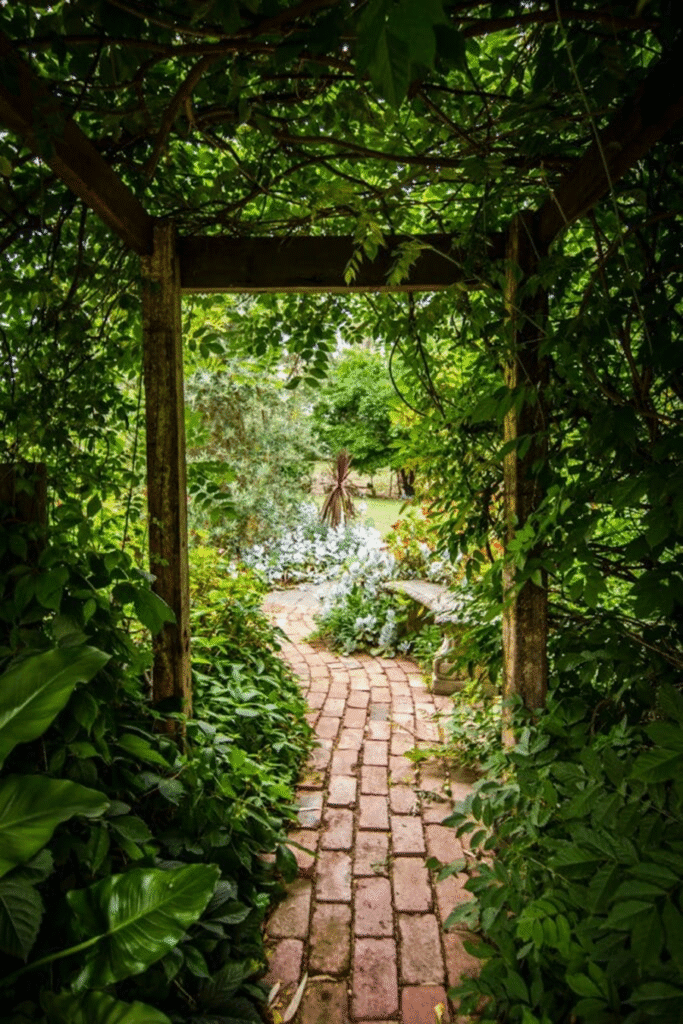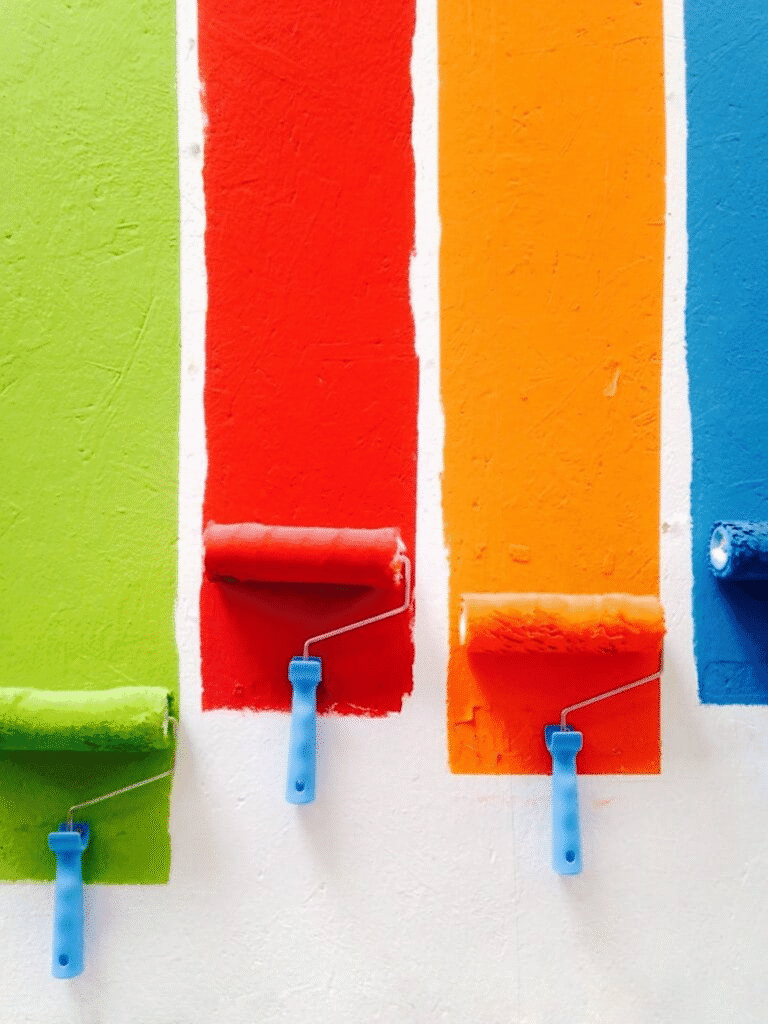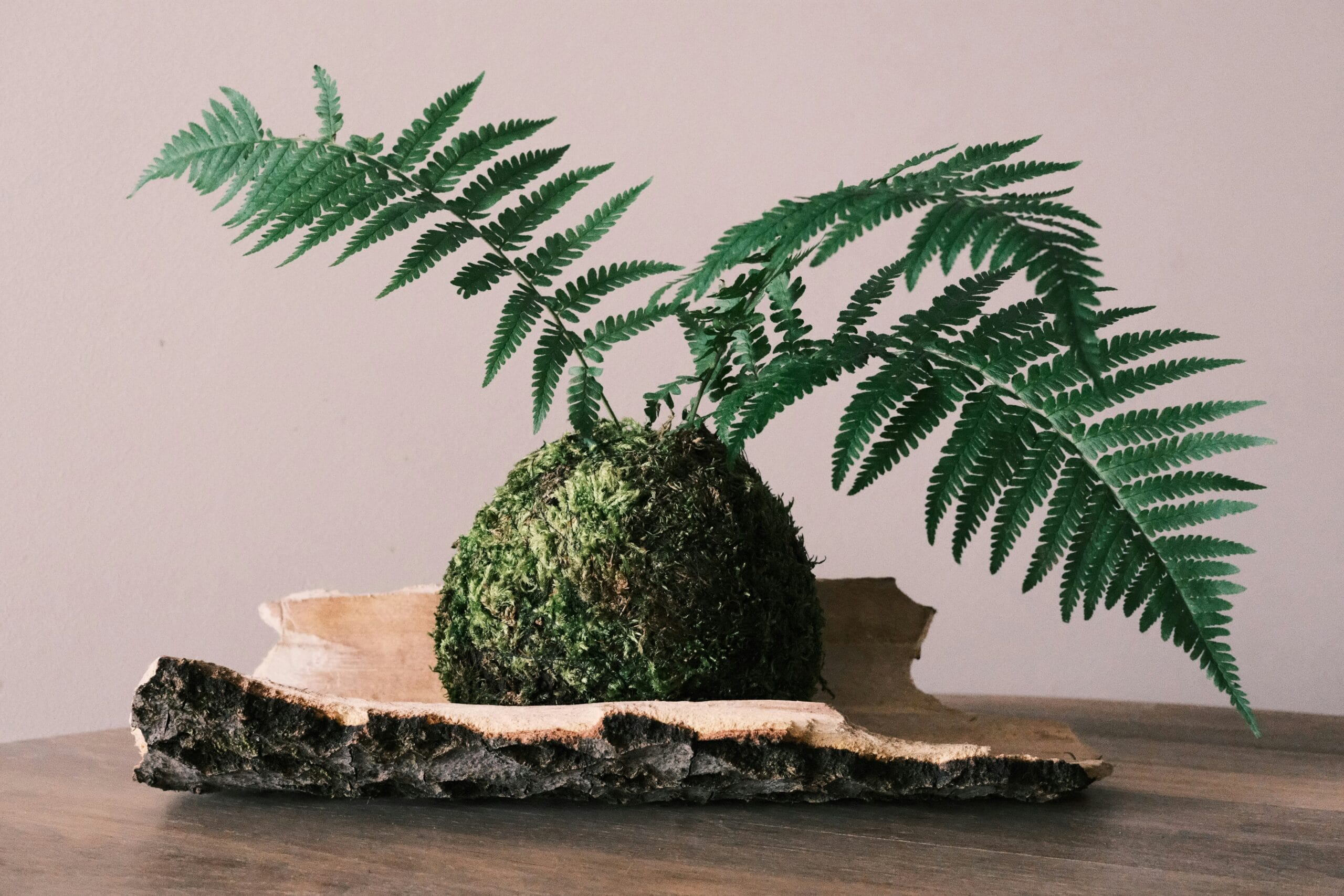DIY home and garden projects: 5 Easy Ways to Transform Your Space This Season

There’s something magical about rolling up your sleeves and transforming your living space with your own two hands. The satisfaction that comes from completing a project — watching your vision come to life — beats any store-bought decoration every single time.
Most people think home improvement requires a contractor’s license and a bottomless bank account. That’s complete nonsense. Some of the most stunning transformations happen with simple materials, basic tools, and a willingness to get a little dirty.
Your home should reflect your personality, not some interior designer’s cookie-cutter vision. These home improvement projects will help you create outdoor living spaces that actually feel like yours — without breaking the bank or your back in the process. Whether you’re tackling simple garden ideas or comprehensive seasonal decorating, these DIY home and garden projects deliver results that matter.
Why DIY Projects Matter More Than You Think
💡 The truth about DIY projects: They’re not just about saving money. Sure, avoiding contractor fees is nice, but the real magic happens when you solve problems your way, on your timeline.
When you tackle DIY home and garden projects yourself, you learn your space intimately. You understand how that corner gets afternoon light, or why that section of yard stays soggy after rain. This knowledge becomes invaluable for future home improvement projects and maintenance.
Family bonding happens naturally during these projects. My kids have learned more about problem-solving, patience, and perseverance from weekend DIY sessions than from any lecture I could give them. There’s something about working with your hands that brings out everyone’s best collaborative spirit.
The confidence boost is real too. Each completed project builds your skills and courage to tackle bigger challenges. What starts as painting a single accent wall often evolves into complete room makeovers — because you realize you’re more capable than you thought.
Project #1: Build a Raised Garden Bed That Actually Works

✅ Start here if: You want fresh herbs and vegetables but your soil quality resembles concrete mixed with disappointment.
Building raised garden beds transforms problem areas into productive growing spaces. The elevation improves drainage, prevents soil compaction, and makes maintenance easier on your back.
Materials you’ll need:
- Untreated cedar or pine boards (2×8 or 2×10 inches work best)
- Wood screws (3-inch galvanized)
- Landscape fabric
- Quality potting soil mixed with compost
- Basic tools: drill, saw, measuring tape, level
Choose your dimensions based on reach — 4 feet wide maximum so you can access the center without stepping on soil. Length can vary, but 8 feet provides good growing space without overwhelming beginners.
🔍 Location matters more than you think. Your raised bed needs 6-8 hours of direct sunlight daily. Morning sun is crucial, but some afternoon shade won’t hurt in extremely hot climates.
Assemble your frame first, then position it in your chosen spot. The landscape fabric goes down before filling — it blocks weeds while allowing drainage. Skip the cardboard bottom that some tutorials suggest; it breaks down inconsistently and can create soggy spots.
Fill with a blend of topsoil, compost, and aged manure if available. The soil will settle over the first season, so don’t be afraid to mound it slightly above the frame edges initially.
Best plants for beginners: Herbs like basil, rosemary, and thyme practically grow themselves. For vegetables, try lettuce, spinach, and radishes — they mature quickly and tolerate various conditions. Tomatoes and peppers work well but need consistent watering and support structures.
These DIY home and garden projects pay dividends throughout the growing season. Fresh herbs elevate every meal, and there’s nothing quite like a tomato that ripened on your own vine. When combined with other home cleaning tips, maintaining a beautiful garden becomes part of a comprehensive approach to creating the perfect family environment.
Project #2: Paint Your Way to a Fresh Look

👉 The fastest transformation: A fresh coat of paint changes everything — mood, perceived space size, even lighting quality.
Paint projects top the list of budget-friendly DIY home and garden projects because the impact-to-cost ratio is unbeatable. One gallon can completely transform a room’s personality.
Color psychology isn’t just marketing fluff. Warm colors (reds, oranges, yellows) make spaces feel cozy but smaller. Cool colors (blues, greens, purples) create calm, spacious feelings. Neutrals provide versatility but can feel sterile without thoughtful accent choices.
Test paint colors in different lighting conditions before committing. That perfect sage green might look muddy under your evening lamps, or that cheerful yellow could blind you during morning coffee.
🎨 Trending combinations that actually work:
- Soft sage walls with crisp white trim
- Deep navy accent wall with warm brass fixtures
- Terracotta orange paired with cream neutrals
- Forest green with natural wood accents
Prep work determines your results. Clean walls thoroughly, fill holes with spackling compound, and sand rough spots. Quality primer prevents color bleeding and ensures even coverage — especially crucial when going from dark to light colors.
Choose appropriate paint finishes: matte for low-traffic areas, eggshell or satin for family rooms, semi-gloss for kitchens and bathrooms. The sheen level affects both durability and light reflection.
Don’t forget about outdoor spaces. Weather-resistant exterior paint can revitalize garden sheds, fences, and outdoor furniture. A bright blue garden gate or cheerful yellow planter can become a focal point that ties your landscape design together.
Professional tip: Paint ceiling edges and trim first with an angled brush, then use rollers for large wall areas. This technique prevents the frustration of trying to cut clean lines with a fully loaded roller.
Project #3: Create an Outdoor Seating Area Worth Using

📌 Reality check: Most outdoor furniture sits unused because it’s uncomfortable, impractical, or positioned poorly.
Designing functional outdoor seating requires thinking beyond just placing chairs in your yard. Consider traffic flow, sun patterns, privacy levels, and weather protection when planning your space.
Furniture selection makes or breaks the project. Weather-resistant materials like teak, aluminum, or quality synthetic wicker handle seasonal changes without constant maintenance. Avoid furniture that requires winter storage unless you actually enjoy moving heavy pieces twice yearly.
Comfort comes from proper cushioning and support. Outdoor cushions should have quick-dry foam cores and fade-resistant fabrics. Store them during harsh weather to extend their life significantly.
💡 Lighting transforms ordinary spaces into magical retreats. String lights provide ambient warmth without harsh glare. Solar options eliminate electrical concerns, though battery-powered LED strings offer better reliability and brightness control.
Consider multiple lighting layers: overhead strings for general illumination, lanterns or candles for intimate gathering spots, and pathway lighting for safety after dark.
Layout strategies that encourage conversation:
- Circular arrangements promote group interaction
- L-shaped configurations work well in corner spaces
- Multiple small seating groups accommodate different activities simultaneously
Add weather protection with umbrellas, pergolas, or even temporary canopies. Shade during hot afternoons makes spaces usable throughout the day, not just during brief morning or evening windows.
🌿 Integrate plants for natural privacy and beauty. Potted plants can be rearranged seasonally, while planted borders provide permanent structure. Consider fragrant options like lavender or jasmine near seating areas.
These DIY home and garden projects create valuable outdoor living spaces that extend your home’s functional square footage during pleasant weather. Much like planning successful family fishing adventures, creating outdoor spaces requires thoughtful preparation and attention to comfort details.
Project #4: Upcycle Your Way to Unique Garden Features

🚨 Stop throwing away potential treasures. That broken ladder, worn-out wheelbarrow, or mismatched chairs could become your garden’s most charming features.
Upcycling combines creativity with environmental responsibility while solving storage and decoration challenges simultaneously. The key is seeing potential in items others consider trash.
Old wooden ladders make excellent vertical planters. Sand lightly, apply weather-resistant stain or paint, then attach small pots or containers to the rungs. This approach maximizes growing space in small areas while creating visual interest at various heights.
Worn wheelbarrows transform into mobile planters perfect for herbs or seasonal flowers. The drainage is already built-in, and you can reposition them to follow sun patterns or create different focal points throughout the season.
👉 Furniture gets second life outdoors. That wobbly chair becomes a plant stand with character. An old table converts to a potting bench with added storage underneath. Sand, prime, and paint with exterior-grade products for longevity.
Creative storage solutions from everyday items:
- Large tin cans become tool organizers when painted and hung on garden shed walls
- Glass jars store seeds, plant ties, and small hardware while keeping contents visible
- Wooden crates stack to create modular storage that adapts to changing needs
Coffee cans with drainage holes make excellent starting pots for seedlings. Mason jars become hanging planters when fitted with proper drainage and mounting hardware.
🔍 Safety considerations for upcycled items: Ensure all materials are appropriate for their new purpose. Avoid containers that previously held chemicals for food plants. Check for lead paint on older items before sanding or cutting.
Weather protection extends the life of upcycled pieces. Clear sealers preserve natural wood tones while providing moisture protection. Quality exterior paint prevents rust and fading.
These DIY home and garden projects demonstrate that creativity often matters more than budget when transforming outdoor spaces. For comprehensive guidance on building raised beds, the Old Farmer’s Almanac provides detailed construction techniques that complement these upcycling ideas.
Project #5: Master Seasonal Flower Planting

✨ The secret to continuous color: Understanding bloom times and seasonal transitions keeps your garden vibrant from spring through fall.
Most people plant everything at once, then wonder why their garden looks amazing for six weeks before fading into green mediocrity. Strategic seasonal planting creates rolling waves of color and interest throughout the growing season.
Spring starts with early bloomers that tolerate cool soil and occasional frost. Pansies, primrose, and flowering kale provide color when most plants are still dormant. Plant these 2-4 weeks before your last expected frost date.
Bulbs planted the previous fall create spectacular spring displays with minimal effort. Tulips, daffodils, and crocuses require cold winter periods to bloom properly, so they must be planted in autumn for spring results.
🌻 Summer brings heat-loving annuals that thrive in warm soil and long daylight hours. Marigolds, zinnias, and sunflowers tolerate heat stress while providing continuous blooms with regular deadheading.
Consider bloom succession when planning summer plantings. Stagger plantings of fast-maturing flowers like nasturtiums every 2-3 weeks for continuous color rather than one big show followed by empty spaces.
Fall extends the season with plants that actually prefer cooler temperatures. Chrysanthemums, asters, and ornamental cabbages hit their stride when summer flowers start declining.
Plan color combinations that complement your home’s exterior and existing landscape features. Warm colors (reds, oranges, yellows) create energy and draw attention. Cool colors (blues, purples, whites) provide calming contrast and make spaces feel larger.
💡 Professional tip: Plant in odd-numbered groups (3, 5, 7) for natural appearance. Even numbers look too symmetrical and formal for most residential landscapes.
Maintenance keeps displays looking fresh:
- Deadhead spent blooms to encourage continued flowering
- Water consistently but avoid overhead watering that promotes disease
- Apply balanced fertilizer monthly during active growing season
- Replace declining plants with fresh ones to maintain color intensity
These DIY home and garden projects require ongoing attention but reward you with constantly evolving beauty throughout the seasons. Just as new homeowners discover the joy of personalizing their space, seasonal planting allows you to continuously refresh your outdoor environment.
Essential DIY Home and Garden Projects Safety Guidelines

⚠️ Nobody wants to end up in the emergency room over a weekend project. Basic safety measures prevent injuries that could sideline you for weeks.
Personal protective equipment isn’t optional — it’s insurance against preventable accidents. Safety glasses protect against flying debris from cutting or drilling. Work gloves prevent splinters, cuts, and blisters. Dust masks become crucial when sanding, cutting treated lumber, or working in dusty conditions.
Tool safety starts with familiarity. Read manuals before using new tools, even if they seem straightforward. Check tools for damage before each use — dull blades, loose handles, and frayed cords cause accidents.
Maintain clean, organized work areas. Scattered tools and materials create trip hazards and make it harder to work efficiently. Good organization also prevents lost items and repeated trips to the hardware store.
🔍 Environmental awareness prevents bigger problems. Check for underground utilities before digging. Avoid electrical lines when installing overhead structures. Consider weather conditions — wet surfaces become slippery, and high winds make ladder work dangerous.
Fatigue leads to poor decisions and accidents. Take regular breaks, stay hydrated, and recognize when you’re getting tired or frustrated. Complex cuts and precise measurements require focus that diminishes with exhaustion.
Know your limits and don’t hesitate to consult professionals for electrical work, major structural changes, or projects requiring specialized knowledge. The cost of expert help beats dealing with mistakes or safety hazards.
First aid preparedness should include basic supplies readily accessible in your work area. Clean minor cuts immediately and have a plan for more serious injuries.
These safety practices let you enjoy DIY home and garden projects without unnecessary risks to yourself or your family. For families with children, maintaining safe environments becomes even more crucial — similar to the considerations needed for responsible pet ownership where safety planning protects everyone in the household.
Getting Started: Your First Project Plan
✅ Pick one project that excites you most — motivation carries you through the inevitable challenges and learning curve.
Start with projects matching your current skill level and available time. A raised garden bed makes sense if you enjoy gardening but struggle with poor soil. Paint projects work great if you want maximum visual impact with minimal skill requirements.
Budget realistically for materials and tools. Quality tools last longer and perform better, but you don’t need professional-grade equipment for occasional use. Many tools can be borrowed or rented for single projects.
Create a realistic timeline that accounts for weather delays, material delivery, and your actual available work time. Most DIY projects take longer than anticipated, especially for beginners learning techniques.
📌 Document your progress with photos and notes. This creates a record of what worked well and what you’d do differently next time. Progress photos also provide motivation during challenging phases.
Involve family members according to their abilities and interests. Even young children can help with simple tasks like carrying materials or painting with brushes in designated areas. Teenagers often enjoy learning skills that build confidence and self-reliance.
Don’t aim for perfection on your first attempts. The goal is improvement and learning, not magazine-worthy results. Each project builds skills and confidence for more ambitious future endeavors.
Celebrate completions — even small projects represent time, energy, and creativity invested in improving your living space. Share your results with others who might be inspired to start their own DIY home and garden projects.
Transform Your Space, Transform Your Mindset
These DIY home and garden projects represent more than just weekend activities or home improvements. They’re opportunities to solve problems creatively, learn new skills, and create spaces that reflect your family’s personality and needs.
The satisfaction of completing projects with your own hands builds confidence that extends beyond home improvement. Problem-solving skills, patience, and persistence developed during DIY projects transfer to other life challenges.
Your home becomes more than just a place to sleep when you’ve invested personal effort in improving it. Every completed project carries memories of the process, the challenges overcome, and the satisfaction of achievement.
Start small, but start today. Pick one project from this list that resonates with your current needs and interests. Gather your materials, set aside some time, and begin transforming your space one project at a time.
The best DIY home and garden projects aren’t necessarily the most complex or expensive ones. They’re seasonal decorating ideas that solve real problems in your daily life while bringing you joy during the process.
Your future self will thank you for taking that first step toward creating the home environment you’ve always wanted. These DIY home and garden projects represent the perfect blend of practicality and creativity — transforming both your space and your confidence as you tackle each new challenge.
Explore More from Our Family of Blogs
Mountains Will Move
Faith-based encouragement for everyday families.
Everyday Exposed
No-filter truth hub for critical thinking and clarity.
Thank you for being part of the community. God Bless you and your family.


